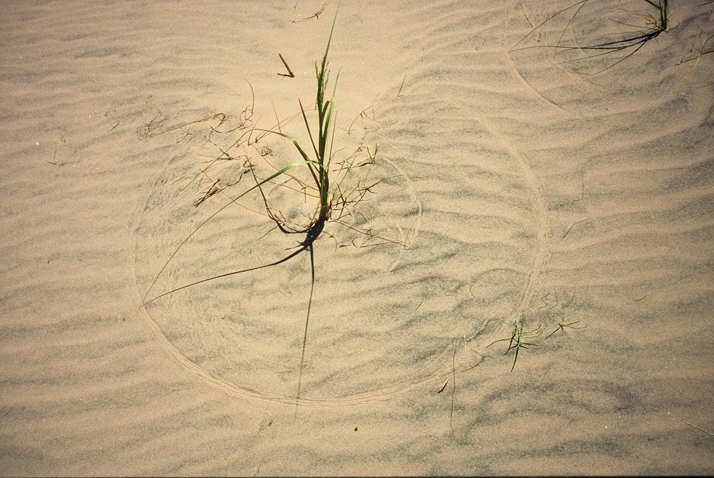Math is in a unique position among STEM topics: it’s considered important across all STEM fields, and yet notoriously the hardest to engage students with, especially as they get older. Middle school, in particular, is a time when many students, especially girls, lose interest in mathematics. The National Center for Educational Statistics reports that in the U.S., approximately 70% of 4th grade females report an interest in math, but by 8th grade, this figure has fallen to 53%, the largest decline during any period of time in a girl’s K-12 experience. For boys, 69% report an interest in math in 4th grade, declining to 58% by 8th grade.
What if we could erase that decline? Or even better, what if we could turn that line around, and at the same time foster children’s interest in the natural world?
One approach is to use the natural world as an innately fascinating context within which to learn mathematical concepts. We developed a curriculum to test that very idea, creating a Common Core-aligned math enrichment curriculum entitled, Math Through Nature, Nature Through Math for 7th graders (12-13 year olds). Public school pilot testing showed that, after the course, nearly 80% of 7th grade females expressed an interest in math, a 27% increase over the national average, as well as three-quarters (75%) of the males. In other words, teaching mathematics in connection with Nature, either in the schoolyard or conceptually in the classroom, may effectively erase, if not reverse, declines in math interest typically seen nationally.
Moreover, teaching math this way is also an opportunity to simultaneously build students’ interest in Nature. In fact, after the course, two-thirds (66%) of the students expressed greater interest in the natural world.

This gave me a better idea of all the similarities between mathematics and the natural world and how we, as humans, connect with one another.
Reiko, 7th grade
It is ironic that teaching math this way should be considered innovative: Nature has long been the inspiration for the development of mathematical ideas. Mathematicians throughout history have marveled at the fact that math seems to “fit Nature like a glove.” “How can it be that mathematics,” Einstein famously wondered, “being after all a product of human thought independent of experience, is so admirably adapted to the objects of reality?” Galileo simply put it this way: “Mathematics is the language with which God has written the universe.” Indeed, mathematicians have discovered mathematical rules in the nature of light and gravity, in the shape and movement of planets, in rivers and trees, and in the beating of people’s hearts. It might fairly strike some as strange, then, that math education so rarely has any Nature in it.
We hope this curriculum will inspire others to help us change this situation. We invite you to use this curriculum, improve upon it, and write more Nature-connected mathematics curricula (e.g., for other grades). We hope you’ll also share your efforts with us so we can celebrate your work, and share it with other educators who understand the opportunity we have before us to improve math education, while fostering the next generation’s connection with the natural world.
To download the curriculum, simply login or register. The curriculum is free to use for individual public school teachers (for other users, please contact us so we can better understand your interests).

“Mathematics is the language with which God has written the universe.”
Galileo Galilei





